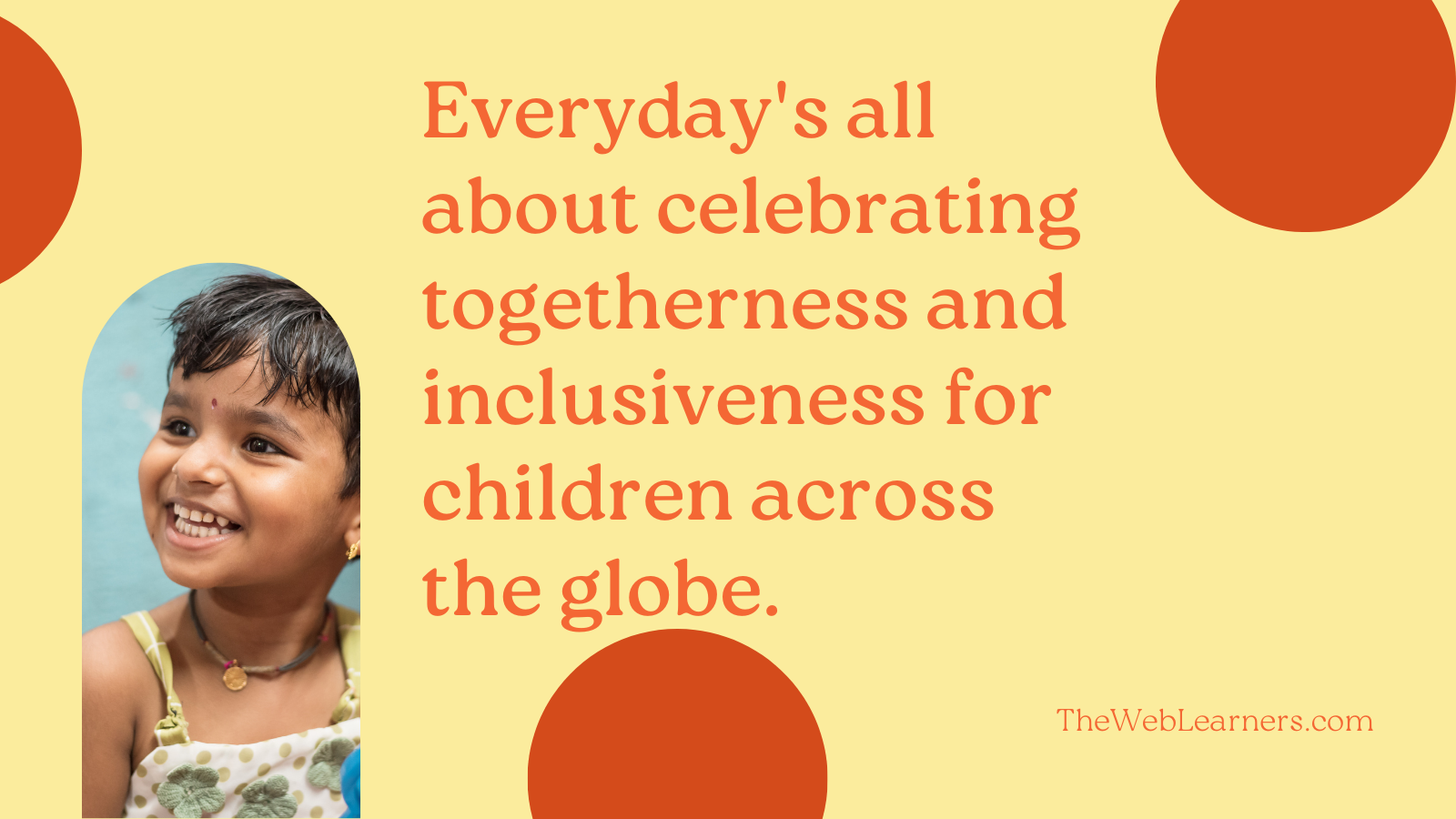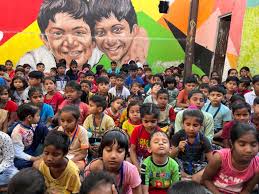
Underprivileged Children
Introduction
The rights of underprivileged children are crucial safeguards that ensure their holistic development—something we can no longer overlook. One of the most effective ways to protect these rights is through education. The Right to Education Act in India mandates free and compulsory education for all children aged 6 to 14, aiming to bridge the gap in educational access. Yet, a staggering 8.4 crore children aged 5-17 remain out of school. This is simply unacceptable in today’s world.
The Reality of Underprivileged Children in India
The challenges faced by underprivileged children in India are daunting. Many still encounter barriers to accessing even minimal education, especially in rural areas. These barriers are driven by poverty, illiteracy, discrimination, and the lack of proper educational infrastructure.
It all starts at home, doesn’t it? But for parents in rural areas who are often daily wagers, the struggle is real. Many parents are uneducated themselves and unaware of the importance of schooling. To make matters worse, their financial instability often forces them to involve their children in labour for extra income. Imagine this: a young child working in the scorching sun instead of being in a classroom—it’s heartbreaking, isn’t it?
Even in urban areas, like Delhi’s slums, the story isn’t any better. Parents are so caught up in surviving day-to-day that health, hygiene, and education take a backseat. Movies like Slumdog Millionaire (2008), Human (2022), and Kaala Paani (2023) have depicted these harsh realities. But these aren’t just cinematic tales—they’re the bitter truth for millions of children.
Although initiatives like the Right to Education Act have been enforced, systemic issues persist, limiting their impact. So, the big question is: How do we make these initiatives more effective?
The Hope for Underprivileged Children
But thanks Initiatives like the Mid-Day Meal Scheme have helped improve school attendance by providing nutritious meals. To truly fulfil the educational rights of all children active collaboration between government bodies and general people is absolutely necessary. Many Non-profit Organizations (like Pehchan The Street School) are working to provide basic literacy, vocational training, and livelihood support to underprivileged children.CRY India, which has enrolled over 2 lakh children in schools, and the Akshaya Patra Foundation, which feeds over 1.8 million children.
The Root Causes of the Problem
Understanding the root causes is crucial to addressing these challenges effectively.
-
Poverty
This is the primary driver of most issues faced by underprivileged children. Families living below the poverty line struggle to afford basic necessities, let alone education. -
Illiteracy Among Parents
Education begins at home, but many underprivileged parents are themselves illiterate, making them unable to guide or support their children academically. -
Child Labour
To contribute to the family income, many children are forced to work instead of going to school. The International Labour Organization estimates that 10.1 million children in India were engaged in child labour in 2011. India is set to miss its 2025 target to eliminate child labour and 2030 target to end bonded labour, as only 32,873 of the estimated 18.4 million bonded labourers have been released since 2016, achieving just 2% of the goal at the current pace. -
Gender Discrimination
Girls, in particular, face additional challenges. In many households, educating boys is prioritized, leaving girls with fewer opportunities to succeed. -
Weak Infrastructure
Even when children have access to schools, the lack of basic facilities like clean drinking water, functional toilets, and qualified teachers further hinders their ability to learn.
Success Stories: Turning Dreams Into Reality
Sometimes, one opportunity is all it takes to transform a life. Meet Deepak, a boy from the streets of Kanpur, whose inspiring journey reminds us of the boundless potential every child holds when given a chance.
Deepak’s life was a daily struggle, marked by poverty and lack of direction. His family’s financial constraints forced him into child labour, pushing him to sell balloons and work as a helper at a young age. Education was never an option, and the future seemed bleak.
That changed when Pehchaan – The Street School stepped into his life. The NGO provided him not only with education but also emotional and social support. Deepak’s resilience shone through as he caught up on his studies, displaying exceptional academic performance. His dedication and the unwavering support of the Pehchaan team made him a role model for other children in his community.
Today, Deepak dreams of becoming a doctor, a goal that once seemed impossible. His journey reflects the transformative power of education and support systems like those offered by Pehchaan – The Street School.
Deepak’s story isn’t just a tale of one child overcoming obstacles; it’s a testament to the incredible work being done by organizations like Pehchaan. They prove that every child, no matter their circumstances, can dream big and achieve their goals with the right guidance and resources.
Conclusion
But are these all? Is this enough? When will we start to take initiatives on our own? And the biggest question lies in when will the government support and take action towards underprivileged children?

The challenges faced by underprivileged children in India are undeniably vast. However, the collective efforts of governments, NGOs, and individuals provide a glimmer of hope. But the question remains: Is this enough?
Real change requires active participation from everyone—including you. Whether it’s educating a single child, contributing to an NGO, or simply spreading the word, every action matters.
So, ask yourself: What step are YOU taking today to change the reality of underprivileged children?
Also, you can volunteer at local NGOs like Pehchaan or donate to organizations like Save the Children, which has impacted a lot of children.
Interested in that? Check the below links from Pehchaan-The Street School:
To Donate via Instamojo – https://www.instamojo.com/@pehchaanthestreetschool
To Donate via NEFT – https://pehchaanstreetschool.org/donation/
So, which action you are taking today?
Frequently Asked Questions
1. Underprivileged children in India still in question – essay
Answer:
Despite various government schemes and NGO interventions, underprivileged children in India face challenges such as lack of access to education, malnutrition, child labour, and poor healthcare. Solutions require focused policy implementation, community awareness, and addressing systemic inequality. Download this pdf on underprivileged children in India.
2. What are the Problems of the underprivileged in India?
Answer:
Underprivileged individuals in India struggle with poverty, illiteracy, unemployment, discrimination, and limited access to basic necessities like clean water, healthcare, and education.
3. What are the Problems of the underprivileged in sociology?
Answer:
Sociology identifies the marginalization of underprivileged groups due to systemic inequality, lack of resources, and social stratification, which perpetuate poverty cycles and limit upward mobility.
4. What are the Problems faced by underprivileged students?
Answer:
These students encounter issues like inadequate educational infrastructure, lack of qualified teachers, financial constraints, and social stigmas, which affect their academic growth and opportunities.
5. What are Exploitation faced by underprivileged children?
Answer:
Many underprivileged children face exploitation in the form of child labour, trafficking, abuse, and denial of basic rights, often due to poverty and weak enforcement of laws.







